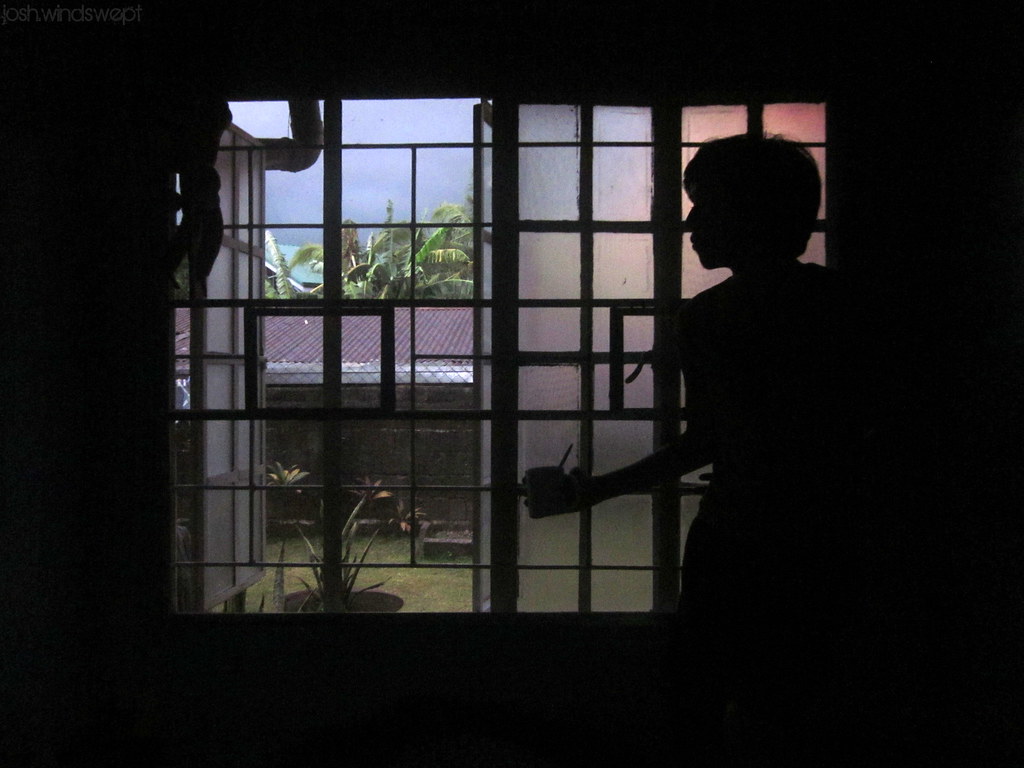As my summer of stellar young adult literature winds to a
close, I have dog-eared many passages of highly-burnished writing, grabbing my otherwise-discarded
teacher hat to note specific techniques I want students to emulate. The
friend-foils component spans all of the books on my list: Matt de la Peña’s I Will Save You and Mexican Whiteboy, Terry Spencer Hesser’s Kissing Doorknobs, and Laurie Halse Anderson’s Speak.
Uniquely, I Will Save
You’s foil is a shadow, that archetypal embodiment of a protagonist’s
darker inclinations—more frenemy than friend. But like any good friend-foil, Devon
contributes an essential ingredient to his buddy Kidd’s development, in this
case a destructive world-view that Kidd must learn to reject. In Speak, Melinda's bubbly foil ditches her to preserve her social status, but Melinda's two eccentric teachers arguably fulfill the role of her foils, too. Their baffling, often-outlandish expressivity speaks to the heart-heavy, tongue-tied hero.
The rest of the gang—Mexican
Whiteboy’s Uno and Kissing Doorknobs’ Donna—exert more
straightforwardly-constructive influences on their counterparts (however wholesomely
or unwholesomely-delivered). Each supplies
his or her friend with a vital piece of themselves—the quality of perseverance,
an optimistic attitude, a thick skin, introspection, extroversion. However tenaciously
the protagonist questions or rejects her friend’s offering, however long it grates,
bemuses, or embarrasses her, the hero ultimately acknowledges her deficiency
and allows the friend-foil to help make her whole.
If stories are, as Jonathan
Gottschall writes in The Storytelling
Animal, thrillingly crucial life-simulations,
the friend-foil element mirrors our abiding need for difference in our
relationships, however challenging or counterintuitive it feels. As Susan Cain argues
in Quiet, our
increasingly-extroverted world needs the caution, self-reflection, and deeply sustained
thought of its introverts. In Jefferson County, Kentucky, public
school-children mingle across socioeconomic and racial lines because their
parents, first-generation products of busing, want the same social education
for their children. They recognize that
each child brings a different dimension of the world to their community, making one another whole with each new piece of human experience.
It is hard to understand the
paradox that couples our intellectual, emotional, and spiritual need for
diversity with our tribal instinct, the source of much human division. The
characters in these young adult novels, at least, come out on the moral-growth
side of this struggle—taking a chance on challenging attitudes and traits despite
their discomfort and fear. However gritty the journey, this is an outcome I can
endorse, whether in YA life-simulation or in real life.


